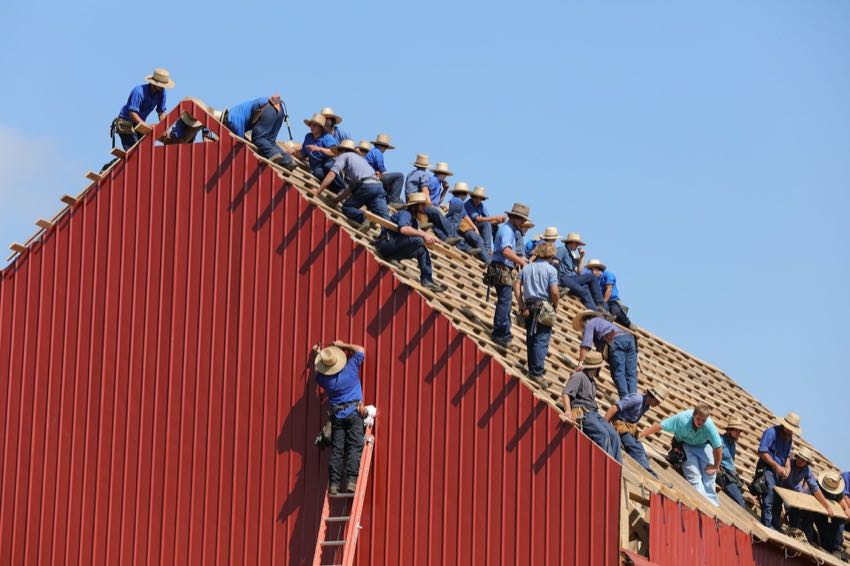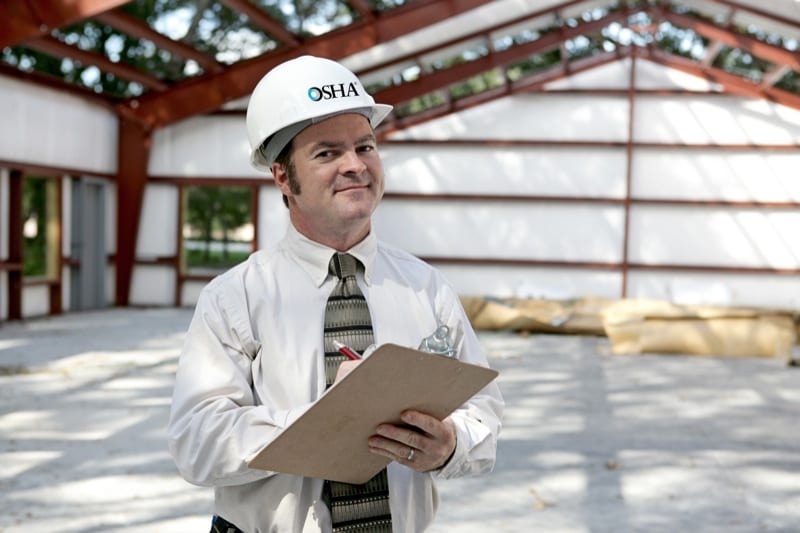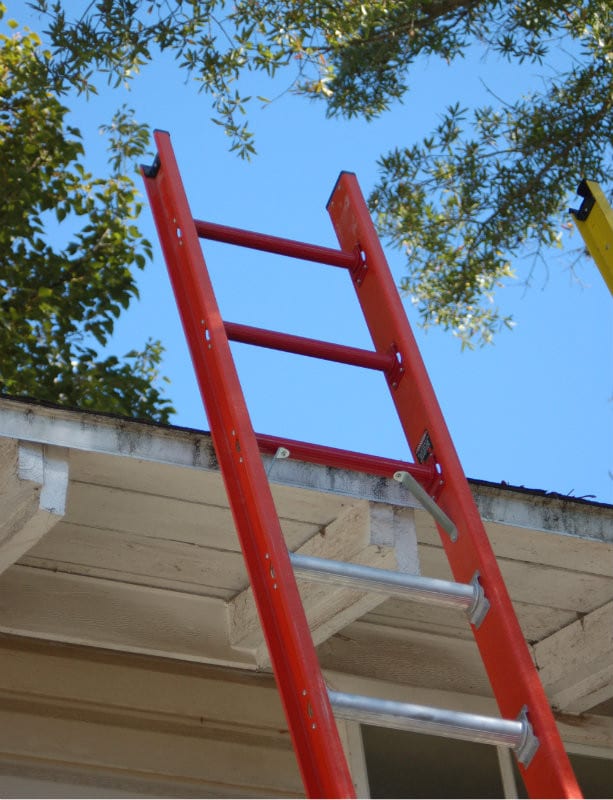According to 29 CFR 1926 Subpart M, OSHA requires employers to comply with safety and health standards promulgated by OSHA or by a state with an OSHA-approved state plan. Given this, it’s important to know what you need to do to comply with OSHA Fall Protection Standards. With that in mind, here are some OSHA Fall Protection Plan tips you can adopt. These can help you prepare and plan for readiness on your jobsites.
Understanding OSHA Fall Protection Guidelines
You can find official fall protection guidelines on the OSHA website here. Many people find OSHA guidelines difficult to understand. We wrote this article to break down some of the key elements you need to focus on. Breaking it down by section, OSHA requires businesses to do several things:
- Understand the requirements of Fall Protection
- Have a compliant plan to address the issues
- Implement that plan company-wide
- Address every applicable scenario and type pf fall protection needed. This includes everything from training requirements to specific protections for guardrails, fall arrest systems, positioning device systems (anchors, tethers, snap hooks, etc), and more.
You may need to research the specifics in order to develop a comprehensive plan. OSHA even provides sample fall protection plans you can modify and use for your business. OSHA requires employers to provide working conditions free of known dangers. You also have to keep floors in work areas clean and as dry as possible. Employers must also provide PPE (personal protective equipment) to employees at no cost. Finally, you must train your workers on potential job hazards.

Job Preparation
Preparing your jobsite and having an OSHA fall protection plan starts with reviewing your work order. Know what warning signs you need to post, and have site-specific fall-protection work plans in place. Before you leave for the jobsite, gather all the tools necessary for your work for that day. Make sure your fall protection equipment isn’t damaged, and ensure you have all of the required components.
Perform a Walk Around Safety Inspection
Before you even start working, evaluate the site for safe access. Include the location of trenches, excavations, slip hazards, and any unprotected openings in roofs. Determine a dedicated, safe, and convenient area for dropping roof debris. You also want to install permanent anchors where necessary. If you plan to do any overhead work, inform anyone else on the jobsite. They need to be made aware of potential hazards and hazardous areas.
Lastly, document the inspection and correct any deficiencies.
Ladder Safety
OSHA ladder safety plays a role in providing adequate fall protection. You might want to start here since it remains one of the easiest violations for OSHA to detect. We also find it one of the easiest to remedy.
One of the most basic ways to ensure ladder safety is to carefully plan access to and from the roof. When placing your ladder, select the best location—be aware of any soft ground, slippery surfaces, or overhead power lines. Place your ladder in a location where it will help provides the safest possible access for the roofing professional to tie off. (In some cases you can place the ladder directly below the anchor. This serves as a barrier until the roofer can safely tie off.) Clear the base of debris, and place the ladder on a stable and level surface.
Placing and Securing Ladders
First and foremost you want to choose the best ladder for the job at hand. Mind the 1:4 ratio. Your extension ladders should be 1 foot away from the wall for every 4 feet in height. The ladder must also extend at least 3 feet above the working surface (remember 3 rungs above), so the worker has something to grasp for balance when getting off and on the ladder. Keep areas at the top and bottom of the ladder free of materials. You must also secure all ladders. You can dig holes for the base of a ladder to sit in if necessary, or you can drive stakes near the ladder base and even secure the side rails to stakes. Setting temporary blocking on wood floors will also help prevent a ladder from slipping.
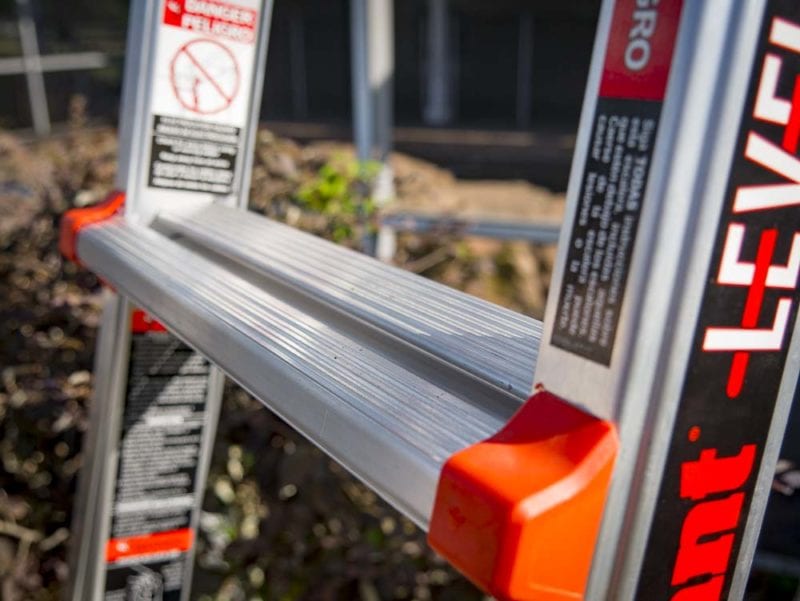
One of the most helpful OSHA fall protection guidelines includes the rungs of the ladder themselves. Remember to keep ladder rungs free from mud or oil. This will also help keep the roof free of debris and make it safer for your crew to walk around without losing their footing. Also secure the top of the ladder, particularly in areas where the ladder could potentially slide or move from a collision.
Roofing-Specific Advice
Sometimes you need to anchor off after using a ladder. Instruct your crew that, after gaining access to the roof, they should go directly to the anchor and tie off. You want to install temporary anchors if permanent anchors have not been installed, and you always want to follow the manufacturers’ recommendations.
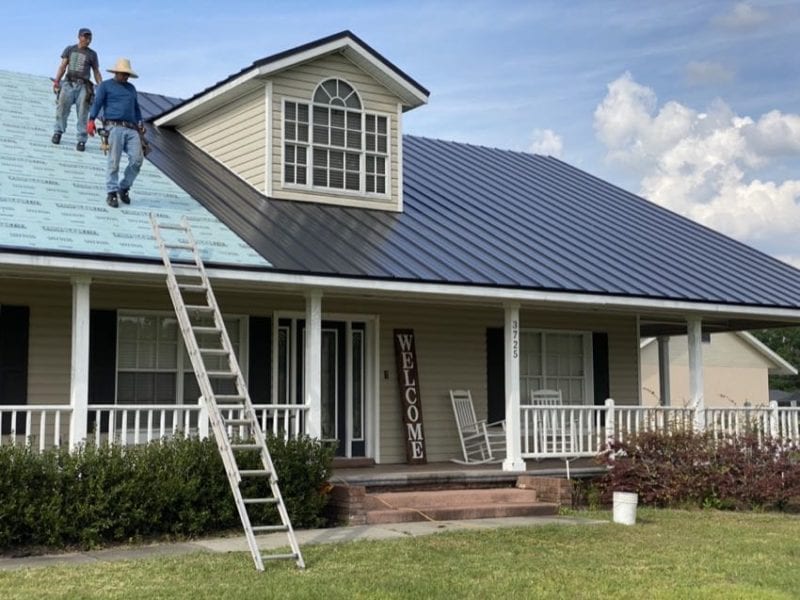
When tying off to an anchor, adjust the length of the safety rope (when applicable) so you have only the length required to do the work safely. Move any unused portions of safety ropes or lines to an area that doesn’t create a tripping hazard. Additional safety ropes can also be attached near a worker who is already safe, allowing other workers to tie off before getting onto the roof.
If there are any openings in a roof you are working on, like skylights or chimney shafts, they must be guarded by standard guard rails or securely covered and marked. Once felt is laid, caution should be used when walking to prevent tearing and slipping.
OSHA Fall Protection Safety at Job Completion
Following OSHA fall protection guidelines can save your company. Many accidents happen right at the end of the workday. This is because you’re often thinking about going home, and job safety may not be at the forefront of your mind. Don’t let that happen to you—your OSHA fall protection plan has to carry through to the very end.
When working on a roof or other elevated area, be aware of the people below you. Obey and maintain clearly marked drop zone areas. Always announce before dropping materials off a roof. Finally, after the roofing job is complete, only one worker is really needed to finish the job, so any additional workers exiting the roof can remain connected to lifelines until they are safely on the ladder. Then, the remaining worker can disconnect all other lifelines and transport them and the remaining tools off the work area safely. The last thing to do is to disconnect your lifeline and go directly to the ladder and safely exit the roof with both hands for climbing.
Finally, once everyone is on the ground, inspect your fall protection gear for any damage, and store it in a protected container for next time.

